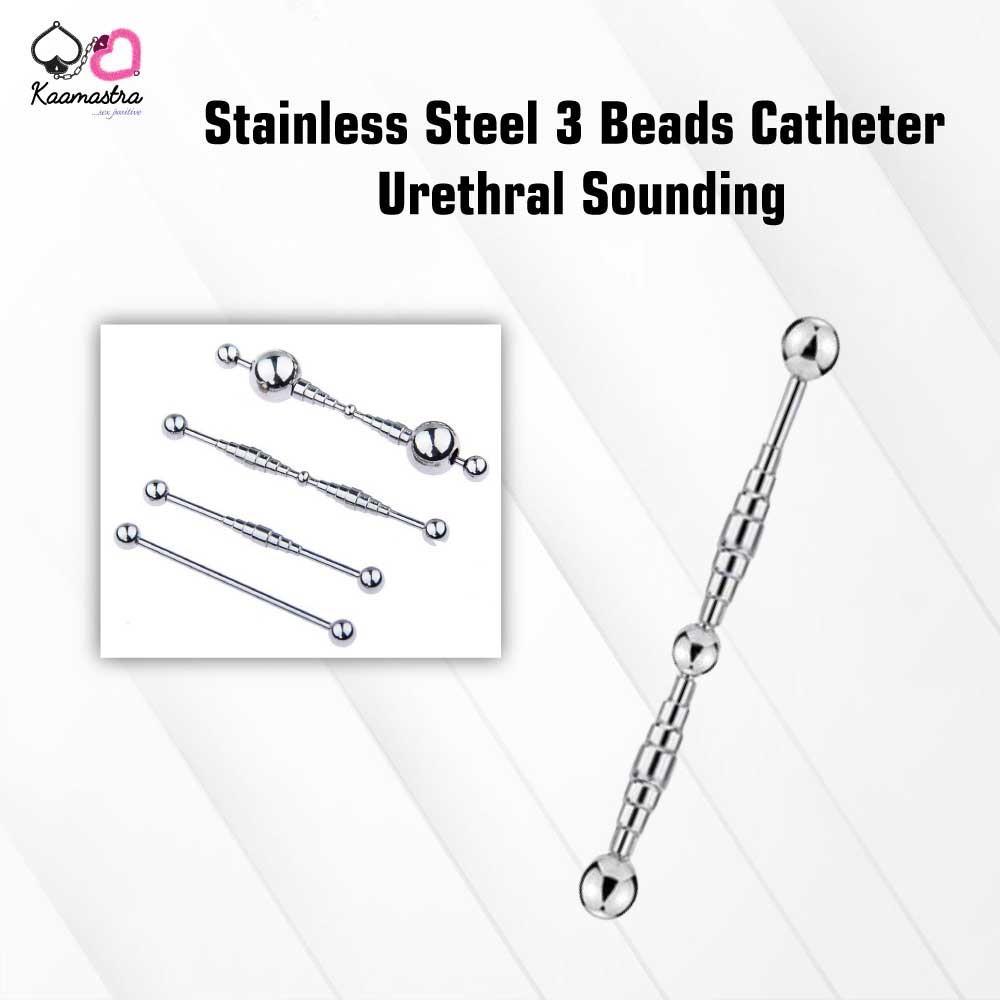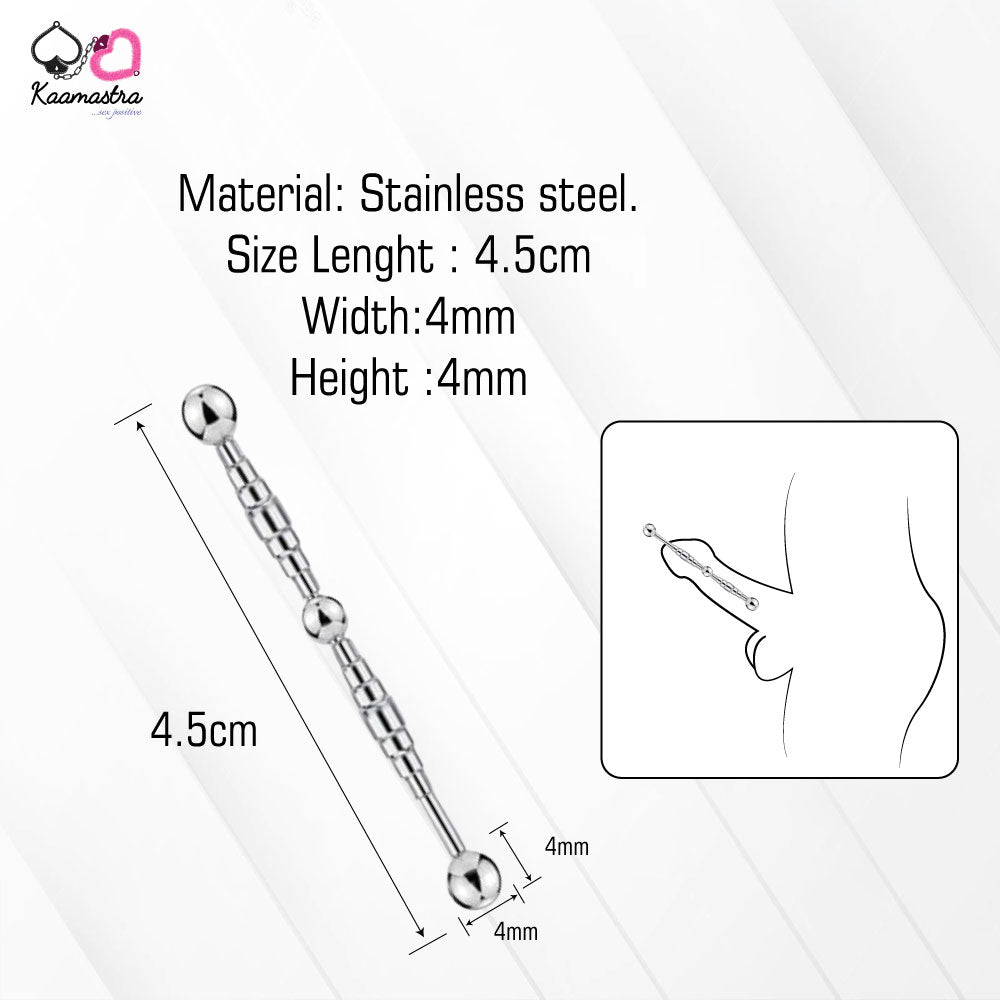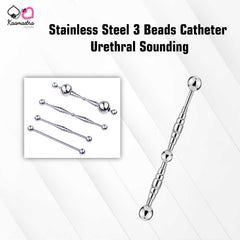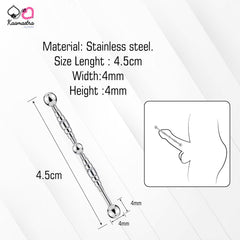Preparation
-
Cleanliness is crucial: Wash your hands thoroughly with soap and warm water.
-
Sterilize the sound: Use boiling water, rubbing alcohol, or a medical-grade sterilizer to sterilize the catheter before insertion.
-
Lubrication: Apply a sterile, water-based lubricant generously along the entire length of the sound. Avoid oil-based lubricants as they can degrade some materials or increase infection risk.
2. Positioning
-
Find a comfortable position where you have control, such as lying down or sitting with legs apart.
-
Relaxation is key. Tension increases risk of injury. Try deep breathing or gentle pelvic exercises to relax the urethra.
3. Insertion
-
Gently insert the tip of the sound into the urethra.
-
Do not force it. If you meet resistance, stop and try again after applying more lubrication and relaxing.
-
Advance slowly, feeling each bead as it passes. The beads provide stimulation, but forcing them can cause tearing.
-
The three beads are usually spaced to provide incremental stretching and sensation.
4. Depth Control
-
Only insert to the length you are comfortable with. Do not aim to fully insert if you feel pain or resistance.
-
Be aware of your body’s response—any sharp pain or bleeding is a sign to stop immediately.
5. Removal
-
Withdraw the sound slowly and steadily, maintaining control.
-
You can gently rotate the sound while removing if it feels stuck, but never force it.
6. Aftercare
-
Wash the sound thoroughly with warm water and antibacterial soap.
-
You may soak it in a disinfectant solution for long-term storage.
-
Monitor yourself for any discomfort, blood, or signs of infection. If anything unusual occurs, consult a doctor.




